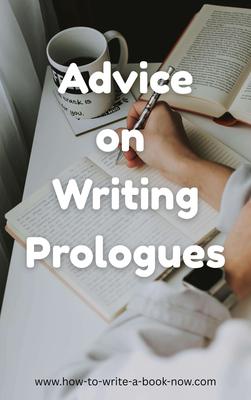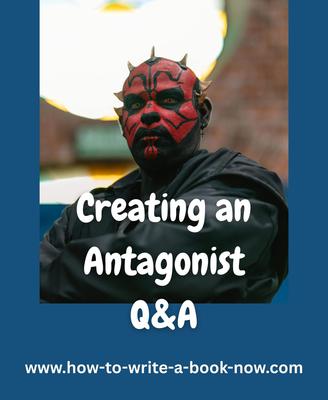Parallel plots, different times
Question: I am writing a book with two main characters. The novel starts in 2016 with an introduction of both characters (A&B), together, one space, one time. The next chapter, though, rewinds to character A's childhood (1995) and, from there, follows character A chronologically, until the end of the book, where we meet her (and character B) again in 2016. I would like to build a parallel plot for character B, but him I want to follow chronologically only from 2005, since there are no transformative events for him beforehand. How can I build a parallel plot - chapter about character A, chapter about charterer B and so on - that will not be too confusing for readers? are there good examples from other books? I was thinking of dedicating the first part of the book to character A; and the second to character B, but it comes out boring. The combination really spices things up, but then it's confusing...
Answer: It seems to me you have at least three arcs for this story.
1. Character A's story -- 1995-2016.
2. Character B's story -- 2005-2016.
3. The story of their relationship -- 2016.
Each arc should have a solid structure in itself, progressing through the four stages...
setup --> complication --> crisis --> resolution
I see no problem with the fact that each of these arcs takes place over a different span of time.
To help you keep the stories straight, you might find it helpful to create a chronological outline for each arc. (This is for your benefit. The reader will never see it.) Make sure each of these arcs makes sense on its own.
Assuming you follow a four-part structure, part one of the book will contain the setups for each arc. Part two would contain the complications for each arc. Part three would contain all the crises, and part four would contain all the resolutions.
Within each part, you will have to jump between different arcs at least twice, and possible more often, depending on how you choose to weave these
Many authors writing this type of story find it helpful to give readers little indicators at the start of each chapter so they know which arc they are shifting to. For instance, you might use the character's name as the title of each chapter in their arc -- or you could put the year in the title, or both. It also helps if each character has a distinct voice.
One thing that strikes me is that you only have two places where the characters meet. So if the first time is the setup of their relationship, the last time they meet will be the resolution. What may be missing is the story between. In other words, you may need them to meet or communicate a couple of other times.
Usually, a relationship arc looks like this...
Setup -- the relationship is established or the reader is introduced to it.
Complication -- the relationship deepens. In a romance, this is often where the relationship first turns romantic.
Crisis -- if they are to end up together, this is where the relationship seems to fall apart. If they aren't supposed to end up together, this is where the relationship reaches its zenith.
Resolution -- this is where the situation at the crises reverses and they either end up together or separated.
If you feel strongly that the characters should only meet twice, you may want to make the first meeting include both the setup and the complication -- so that the meeting ends with a deepening of the relationship. Similarly, the second meeting would have to start with a crisis in the relationship and end with the resolution. It's tricky to do it this way, but possible.
Of course, in this type of story, we will want to see how events in their personal arcs affect the relationship arc. How will the choices they make at their personal crises determine the outcome of the relationship story?
Best of luck.
Comments for Parallel plots, different times
|
||
|
||
- Home
- Plot Questions
- Parallel plots, different times















